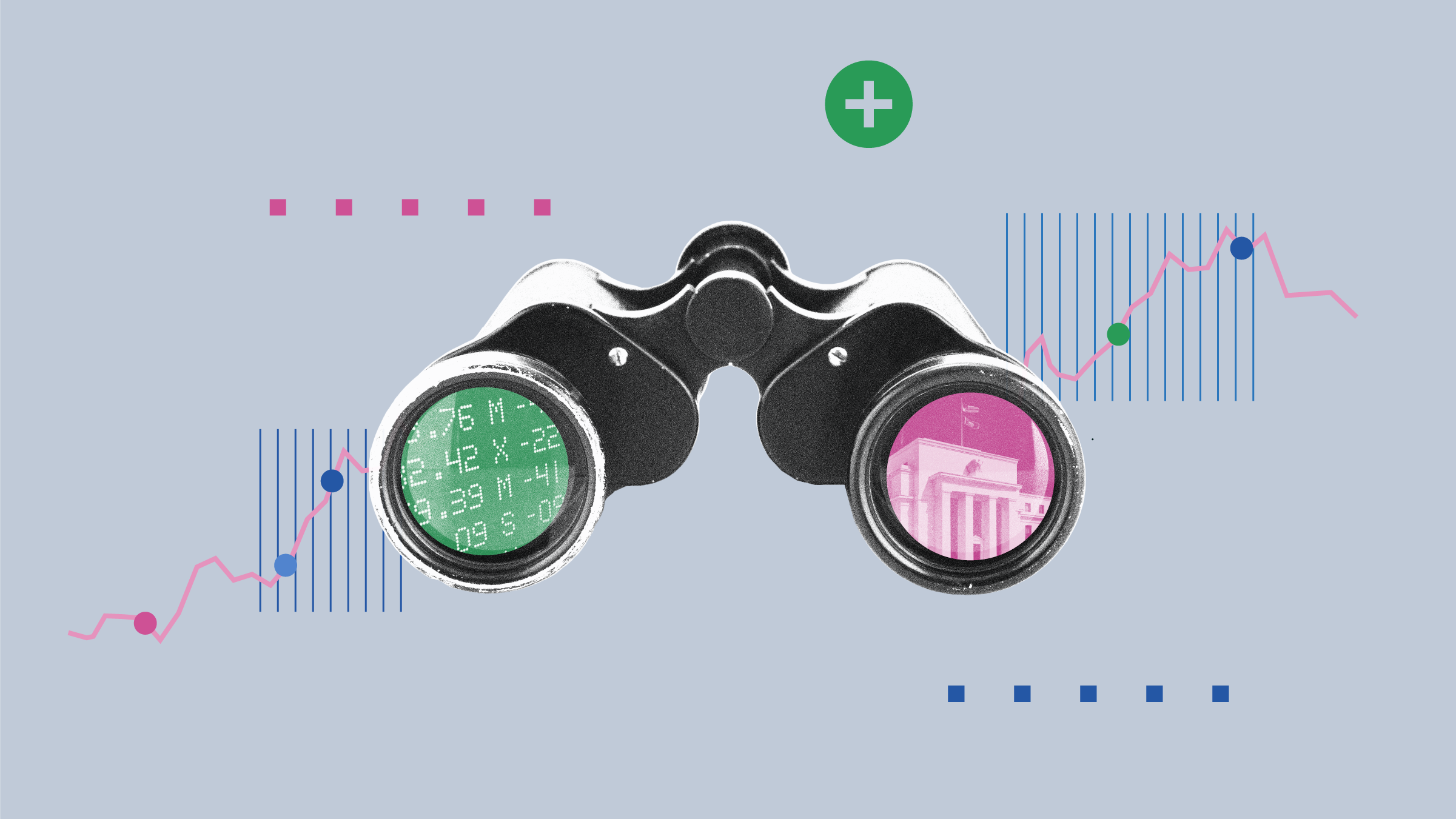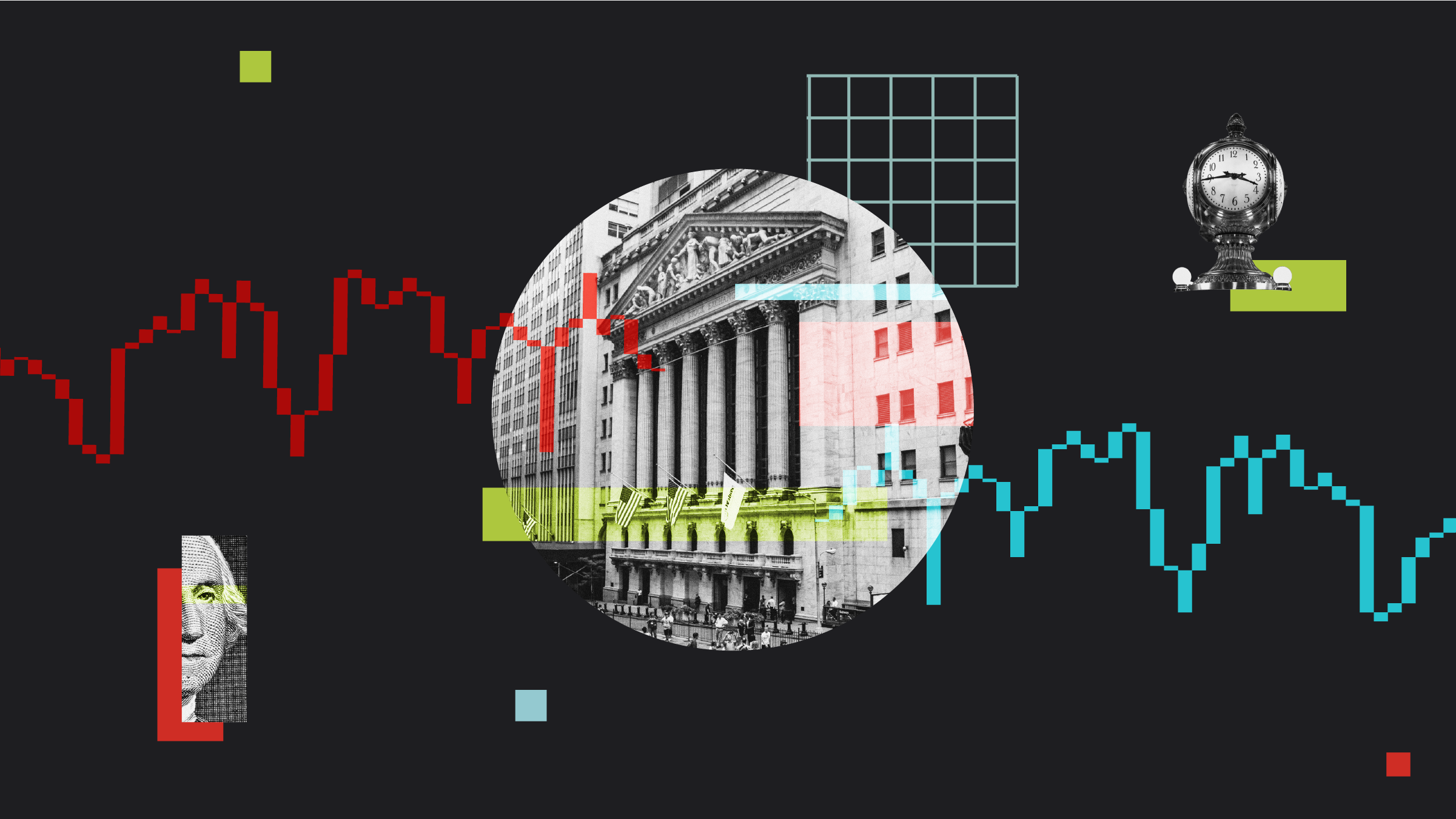The healthcare industry makes for fascinating analysis. To our way of thinking, this has particular relevance today, as we want our portfolios to be filled with attractive assets that offer different performance drivers.
In this regard, healthcare offers unique characteristics, including a structural tailwind from an ageing population that has resulted in impressive profitability metrics over the past few decades. Furthermore, the healthcare sector offers strong fundamentals compared to many of the highly levered sectors and may offer downside protection.
Healthcare Advantage
The healthcare industry has a well-regarded reputation for its durable profitability, part due to the demographic tailwind and part due to its reliable cashflow generation. The extent of this “quality” factor can be seen below, where the industry has enjoyed elevated returns-on-equity over the broad market.

Not only has it delivered strong profits relative to the shareholder capital, it has done so with an impressive growth rate.
Such an impressive backdrop would usually attract high valuations. This has been true to an extent, although seems to have changed more recently as investor sentiment has oscillated.
The souring in sentiment is likely due to the following three factors:
- A reduction in productivity, seen in lower asset turnover and a shift in the pipeline
- Merger and acquisition activity, where we can draw inferences about future growth from the prices that were paid
- The regulatory threat to pharmaceutical profits, which may be secular as it could impact U.S. drug prices
Pipeline, M&A and Regulatory Threats
To sustain profitability, we find that pipeline growth is imperative. We are coming out of the so-called patent cliff, especially among the large pharmaceutical companies, including a shift from retail drugs, which many believe is under threat, to specialty drugs. Of course, the future is unknown, yet we sense investors may be underplaying what this means.
Specifically, we could easily see a longer-term revenue growth recovery due to the higher pricing power. This is important as we believe the ability to successfully create long-term value partly relies on the business model shift to move research and development through partnerships and acquisitions.
More generally, M&A is playing an important part in the development of the healthcare industry. While consolidation can often be a positive for an industry, reducing competitive pressures, it depends on the price paid. To this extent, a lot of deals have been done in both volume and size over the last five years, some of which were at elevated valuations.
These elevated valuations would typically be a concern, although we note that the statistics are skewed by a couple of large deals. If we apply perspective and look at the longer- term, the majority of recent deals are not outside of what has been paid in the past – which is largely consistent with the prevailing valuations and therefore less of a concern.
The last is the regulatory threats, especially those to pharmaceutical profits, where we could see a secular change to U.S. drug prices. With the U.S. government responsible for over a third of drug sales globally, further changes to drug-pricing policy would be expected to affect pharmaceutical and biotechnology fundamental valuations.
Overall Conviction
By weighing up all of the above factors, we are reasonably attracted by the valuation-implied returns offered by the sector as well as the diversification benefits to our portfolios. The key question is whether the profitability advantage will be sustained, which is always difficult to assess, although we still expect the industry to add value relative to the cost of capital.
While the risks to our thesis are multifaceted, they really boil down to two potential shifts that could eventuate; 1) slowing revenue growth, possibly imposed by regulatory change, and 2) a structural reduction in the return-on-equity premium.
Considering these points, we find European healthcare to be a “medium” conviction and U.S. healthcare to be a ‘low to medium’. This may not seem overly enticing, but in an environment where many key asset classes look expensive, we believe they are still relatively compelling.





























